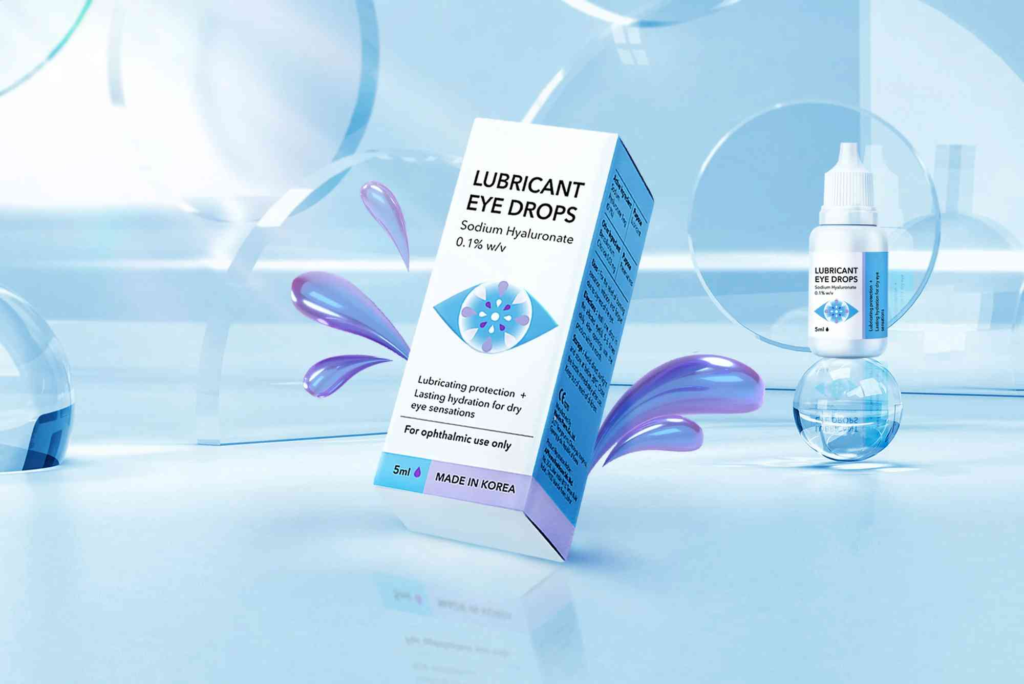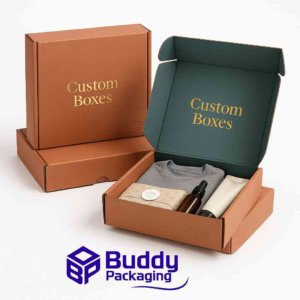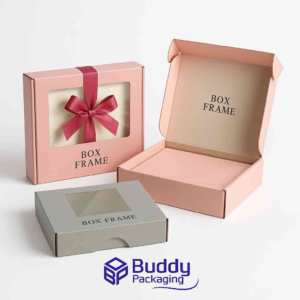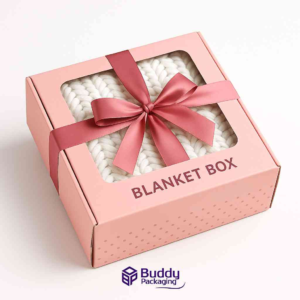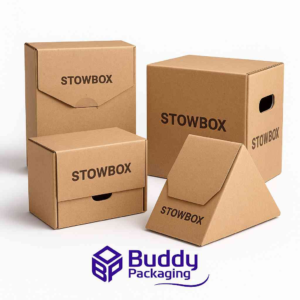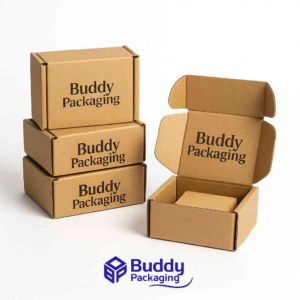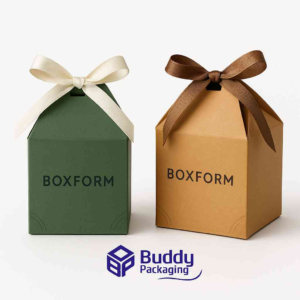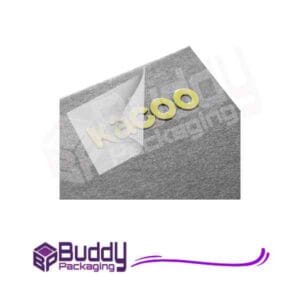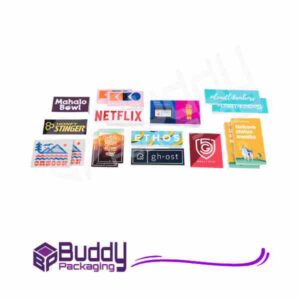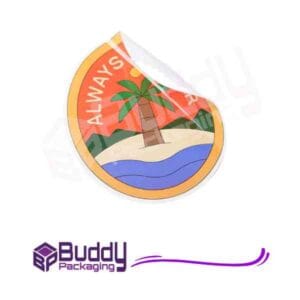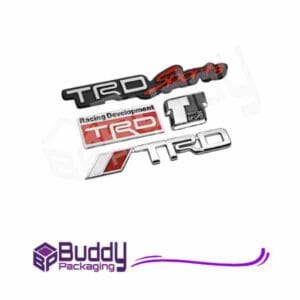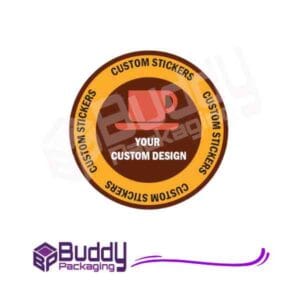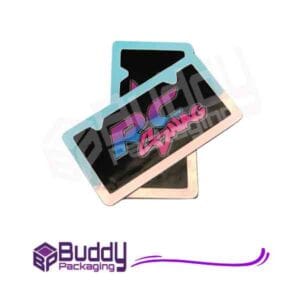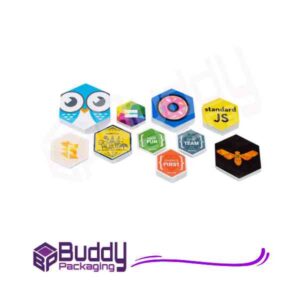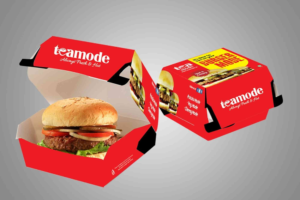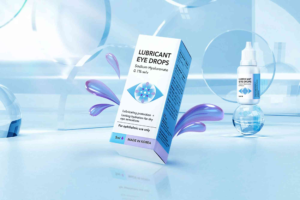Eye Drop Packaging Design: A Complete Guide
When it comes to pharmaceuticals, packaging is more than just a container. Eye drop packaging design plays a crucial role in safety, usability, and brand perception. It influences how consumers interact with the product and ensures the medication stays effective over time.
Why Eye Drop Packaging Design Matters
Ensuring Safety and Sterility
Eye drops must remain sterile to avoid infections. Packaging design ensures that the product maintains its integrity. Features like tamper-evident caps, child-resistant closures, and airtight seals are essential. Well-designed packaging reduces the risk of contamination and protects patient health.
Enhancing Usability
Consumers prefer packaging that is easy to use. Ergonomically designed bottles with squeezable bodies, clear dosage markers, and no-drip tips enhance the user experience. Thoughtful design minimizes waste and ensures the correct dose every time.
Branding and Market Appeal
A well-crafted design communicates brand reliability. Colors, logos, and typography should reflect the brand’s identity while making the product easily recognizable. Strong design can influence purchase decisions in a competitive market.
Key Elements of Eye Drop Packaging Design
Bottle Material and Shape
Plastic or glass bottles are common in eye drop packaging. Glass is ideal for long-term stability but heavier and fragile. Plastic is lightweight, flexible, and cost-effective. The bottle shape must balance comfort and stability, making it easy to hold and store.
Cap and Dropper Mechanism
The cap is often the first interaction point. Child-resistant and tamper-evident caps ensure safety. Dropper tips control the flow of medication, reducing spills and overuse. Innovative droppers may include adjustable flow options or built-in dosing.
Labeling and Compliance
Labels should comply with regulatory guidelines. Essential information includes the drug name, dosage, ingredients, expiration date, and manufacturer details. Clear, legible fonts and contrasting colors enhance readability, while color coding can help differentiate between multiple products.
Sustainability Considerations
Eco-friendly packaging is becoming increasingly important. Biodegradable plastics, recyclable materials, and minimal packaging reduce environmental impact. Sustainability can also improve brand reputation and consumer trust.
Trends in Eye Drop Packaging Design
Minimalist and Modern Design
Minimalism focuses on clean lines, simple colors, and easy readability. A modern design helps eye drops stand out on shelves and improves user confidence.
Smart Packaging
Technology is transforming packaging. Smart packaging includes QR codes for product information, dosage reminders, and expiration alerts. These features improve compliance and customer engagement.
Customization Options
Brands are now exploring personalized designs. Custom packaging can include unique bottle shapes, colors, or limited-edition prints. Collaborating with a Custom Packaging provider can bring these creative ideas to life.
Accessibility-Focused Design
Inclusive design ensures all users, including seniors and those with disabilities, can use the product safely. Features like easy-to-open caps, braille labels, and ergonomic shapes cater to a wider audience.
Best Practices for Eye Drop Packaging Design
User-Centric Approach
Design with the end-user in mind. Test packaging with real consumers to understand challenges and preferences. Clear instructions, intuitive design, and ergonomic shapes improve usability.
Clear and Compliant Labeling
Labels should communicate essential information without clutter. Use readable fonts, standardized icons, and consistent color coding. Compliance with regulatory authorities is non-negotiable.
Durability and Protection
Packaging should withstand shipping, storage, and daily handling. Consider puncture-resistant materials and reinforced bottle designs to prevent leaks or breakage.
Eye-Catching Branding
A strong visual identity boosts brand recognition. Combine typography, colors, and logo placement to make the product visually appealing and consistent with brand messaging. Explore packaging design tips to maximize impact.
Common Mistakes to Avoid
- Overcomplicating the design, making it hard to use.
- Ignoring regulatory and labeling requirements.
- Using low-quality materials that compromise sterility.
- Failing to test designs with real users.
Real-Life Examples of Effective Eye Drop Packaging
Several brands have successfully combined functionality and aesthetics. For instance, bottles with angled tips make dosing easier, while color-coded labels differentiate between various formulations. These design choices reflect both practicality and branding expertise.
How to Choose the Right Packaging Partner
Partnering with an experienced manufacturer ensures quality, compliance, and innovation. Consider location, expertise, and customization options. For instance, selecting a provider near your Buddy Packaging Location can streamline logistics and reduce lead times.
Eye Drop Packaging Design and Marketing
Packaging is a key marketing tool. Attractive design draws attention in pharmacies, while clear messaging builds trust. Promotional campaigns often leverage packaging visuals to highlight new features or formulations.
In the pharmaceutical industry, eye drop packaging design is more than aesthetics. It ensures safety, usability, and brand identity while influencing purchasing behavior. By combining user-centric design, compliance, and modern trends, brands can create packaging that protects the product and delights the customer.
Take your packaging to the next level—invest in thoughtful, innovative, and safe design. Partner with experts to ensure your eye drops not only work well but also make a lasting impression.
FAQs
What is the most important aspect of eye drop packaging design?
The most important aspect is maintaining sterility while ensuring ease of use. Safety and usability are top priorities.
How can packaging improve user experience?
Ergonomic bottles, squeezable bodies, no-drip tips, and clear labeling all enhance usability and accurate dosing.
Are sustainable materials viable for eye drop packaging?
Yes. Biodegradable plastics and recyclable materials are increasingly used while maintaining safety and compliance.
How can I make my eye drop packaging stand out?
Use modern, minimalist design, color-coding, smart features, and consistent branding to attract attention.
Why is child-resistant packaging necessary?
Child-resistant caps prevent accidental ingestion and are often legally required for medications.

